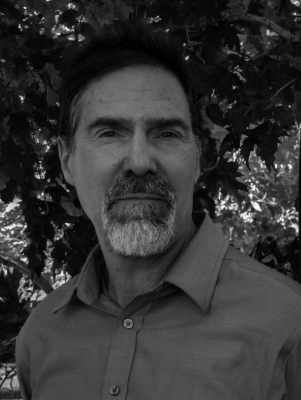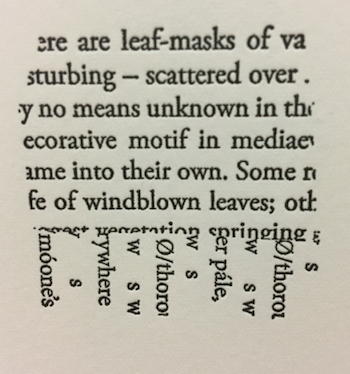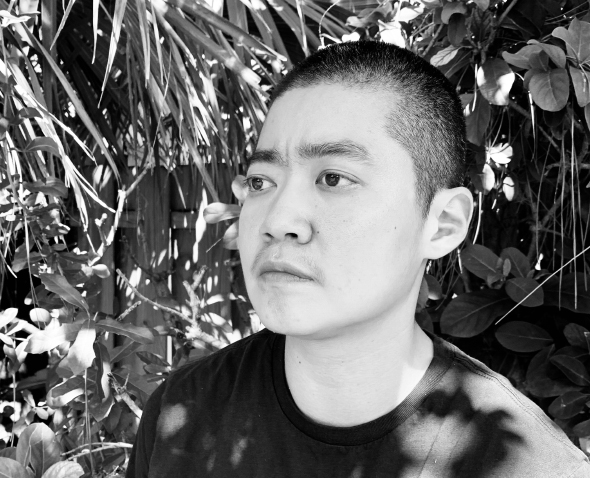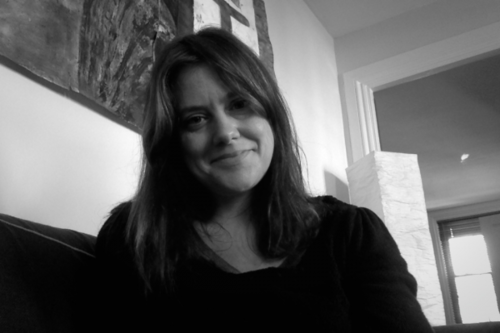Q&A: Susan Howe’s Enduring Legacy
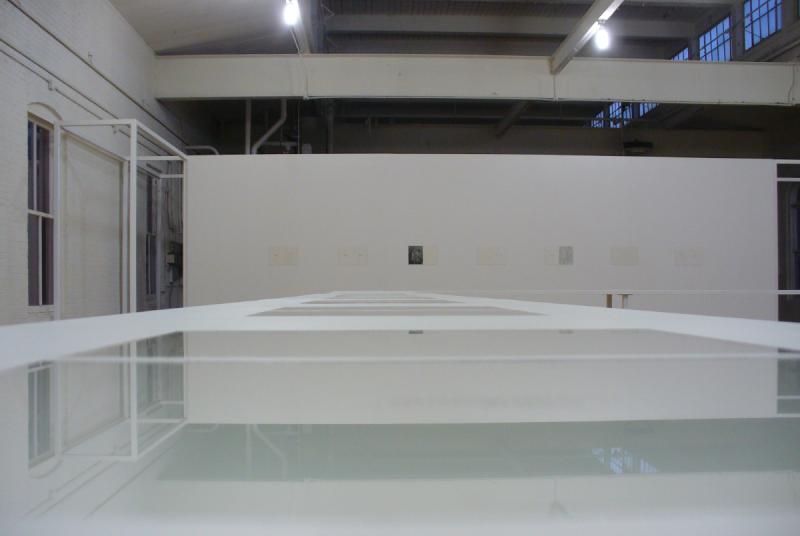
Detail from an exhibition of Howe's work. Image Source: Yale Union, Portland, Oregon
On January 19, W. Scott Howard will give a virtual faculty lecture on Susan Howe’s Factual Telepathy. Howard, who received the Dean’s Meritorious Sabbatical Award to support and strengthen faculty research for 2019–2020, is a professor in the Department of English & Literary Arts, editor of Denver Quarterly and author of “Archive and Artifact: Susan Howe’s Factual Telepathy” (Talisman House, 2019). Ahead of his lecture, we caught up with Howard to learn more about his research and the path that led him to investigating Susan Howe’s work.
Can you give us an overview of your research in DU’s Department of English & Literary Arts?
I am a scholar, poet, theorist, critic, editor and publisher. Since arriving at DU in 1998, my teaching, research, writing and publications have engaged with and across the fields of modern and postmodern American poetry and poetics, Renaissance and early modern literature and culture, critical theory and digital humanities. My work underscores poetics (making) and praxis (social action). My research and publications have therefore investigated intersections of lyric poetry and political discourse from An Collins to Robert Hayden; of dramatic performance and media critique from Shakespeare to Johanna Drucker; of historiography and social contract theory from Milton to the Objectivist writers. Since 2004, my work has increasingly engaged with emergent digital practices and book arts methods.
What initially led you to become interested in small-press publications and specifically Susan Howe’s poetry?
From January 1991 to August 1993 (with the documentary film artist, Vanessa Renwick), I co-managed the Small Press/Journals section and the dew.claw reading series at Powell’s Books (the Burnside Store) in Portland, Oregon. We were activists and our authors and their publications were agents for artistic and social change. We launched the dew.claw small press reading series (which continued beyond 1993) that featured West Coast poets from the U.S. and Canada. This was the vibrant context in which Susan Howe’s books found me. I have vivid memories of my first moments with the Awede edition (1987) of “Articulation of Sound Forms in Time” and the paradigm press edition (1989) of “a bibliography of the king’s book; or, eikon basilike.” These volumes were (and for me still are) bewildering. I had no idea then of what sorts of difficulty and pleasure these books were bound to bring my way; how deeply they would sink into my life and change my world.
For those unfamiliar with Susan Howe’s work, what can you tell us about her writing and how it transforms the general audience’s conception of poetry?
Howe is a prolific poet and essayist, scholar and educator, visual and sonic performance artist. Her publications and performances embody a dynamic synthesis of poetry and prose, history, music, visual art, sculpture, cinema, philosophy and theatre — multi-layered, richly collaborative compositions incisively shaped by deep attention to the sonic vitalist-materialism of manuscripts and typescripts. Howe’s collage poems weave her source materials into cubist swatches, as in this page from “Concordance”:
Howe’s writing transforms her materials; when we emerge from the whirlwind, we realize that our active interpretation has changed the way we read the past and ourselves.
What is “factual telepathy” and how does it differ from other forms of multi-media?
By this phrase, Howe means that her art occupies charged zones between physical and phenomenal sensory registers as informed by the media in which she works. In one of her most rigorous and rewarding essays, “Sorting Facts,” Howe asserts that poetry is factual telepathy, which results from chance juxtapositions — “invisible colliding phenomena” — that impel the reader’s experience of and response to the work. Howe’s writings search through the linguistic, material and spiritual ruins of history for voices and artifacts, ghosts and gifts that could repair personal and collective traumas. This means that our ways of reading, listening and writing in response to her work are also forms of making and acts of rescue.
How has your research on Susan Howe influenced the way you and your students edit Denver Quarterly?
I’ve been reading Denver Quarterly since 1991, and I care deeply about our journal’s contribution to the national and international small-press ecosystem. Our journal would not exist without that collective vital engagement, which also includes the extraordinary work of our whole editorial and administrative team at DU. Susan Howe’s dynamic combinations of lyrical poetry, ecstatic prose, visual art, historical and philosophical discourses, literary criticism, multimedia artist books and sonicimagetexts are kindred with our journal’s commitment to publishing innovative works that limn the edges of experimentation and that play thoughtfully with convention.
How has the support you received from the Dean’s Meritorious Sabbatical Award (2019-2020) impacted your research?
I was preparing for a robust path forward for my research, writing, publishing and public engagement during 2020 that would have included an exciting sequence of activities during my sabbatical leave. The pandemic disrupted all of those plans. Nonetheless, I have done my best to remain connected to my work and to make progress, although the momentum that was moving my projects forward during 2019 has certainly been diminished. I have not been able to travel to conduct research visits, but I have been able to read and write, correspond with colleagues at libraries and publishers, and publish new works that contribute to my next book. Additionally, I submitted a ULA Collection Development Grant, which was recently approved; the University of Denver Libraries, Special Collections Department will be purchasing one copy of Howe’s valuable artist book, "The Liberties — Pages Manquantes" (currently no other libraries in North America own a copy) during 2021. Without full leave from the persistent demands of teaching and committee work, none of these accomplishments would have been possible.
Where can students or other interested individuals engage with Howe’s work?
I would encourage interested readers to visit the University of Denver Libraries, especially to see Howe’s artist books in our Special Collections department. Two of my electronic essays provide images and references that may be helpful: “Broken Slivers: Susan Howe’s Concordance” and “‘TANGIBLE THINGS / Out of a stark oblivion’: Spellbinding TOM TIT TOT.” Howe’s artist books are deeply experiential and performative; each encounter is unique.
Register here for the January 19 CAHSS Faculty Lecture with W. Scott Howard: "colliding phenomena" — Susan Howe's Factual Telepathy.
